Sand Battery
Crude Oil Prices Trend
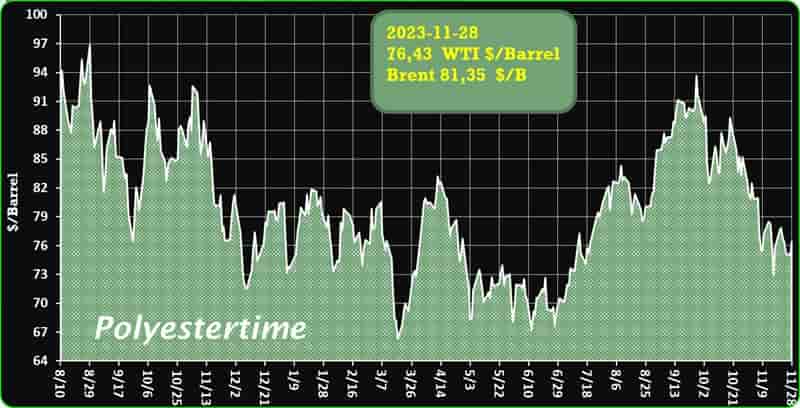
Crude Oil Prices Trend by Polyestertime
Toray Obtains ISCC Certification for European Carbon-Fiber Plants
Article-Toray Obtains ISCC Certification for European Carbon-Fiber Plants
Toray Industries’ French subsidiary, Toray Carbon Fibers Europe S.A., has obtained ISCC Plus certification for its Lacq and Abidos production plants in southwest France. This certification allows Toray Carbon Fibers Europe to allocate and use biomass or recycled materials through the mass balance approach to produce and supply carbon fiber. Thus, Toray Carbon Fibers Europe now has the ability to reduce the life cycle inventory (LCI) of its carbon fiber, prepreg, and other offerings and help its customers to enhance product life cycle assessments (LCAs) while contributing to building a circular economy. Sand Battery
The International Sustainability & Carbon Certification’s (ISCC) voluntary certification program guarantees that the raw materials used are sourced from biomass or recycled materials. It also ensures full traceability at all stages of a product’s manufacturing process. The mass balance approach tracks the amount and sustainability characteristics of circular and bio-based materials used in the value chain based on verifiable records. This scheme is open to several sectors such as the food, feed, chemicals, plastics,
Toray Carbon Fibers Europe will start manufacturing carbon fiber derived from biomass and recycled raw materials by the end of 2023. In addition, Toray’s Ehime Plant in Japan aims to obtain ISCC Plus certification by March 2024 and begin producing fiber by the close of that year. Sand Battery
In the United States, the carbon-fiber facility of Toray Composite Materials America Inc. in Decatur, AL, also plans to obtain this certification in 2024. With these three locations, the Toray Group intends to manufacture carbon fiber using biomass or recycled raw materials at plants in Japan, the United States, and Europe, ensuring a stable supply to customers around the globe.
Toray has already received requests from customers similarly committed to carbon neutrality. From the end of 2023, Toray will offer this carbon fiber for industrial applications such as automobiles and handheld devices, where demand for materials to create sustainable products is particularly high. At a later date, other applications, such as aviation and sports, will also be targeted. Sand Battery
Toray aims to build a new materials ecosystem that harnesses natural raw materials and returns them to nature in an eco-friendly state. For carbon fiber, the ecosystem will be built using biomass and recycled raw materials to manufacture carbon fiber. This fiber will be made into a composite material and, finally, an end product.
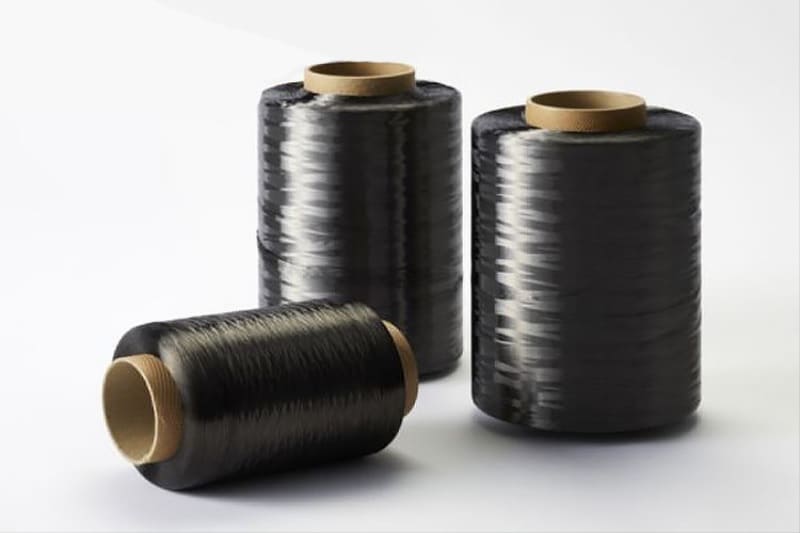
Sun and sand to decarbonize: Magaldi Stem technology
Magaldi Group’s STEM-CST (Solar Thermo Electric Magaldi) technology emerges as a groundbreaking solution in the quest to diminish reliance on fossil fuels and transition towards sustainable energy sources. With heat production constituting nearly half of energy-related emissions and over 50% of global energy consumption, the need for innovative alternatives is paramount. Industrial applications, responsible for 40% of total heat demand, predominantly lean on fossil fuels, contributing to approximately 70% of this demand. Sand Battery
Addressing the imperative for industrial decarbonization, Magaldi’s STEM-CST integrates advanced solar radiation conversion systems with energy storage solutions, ensuring a continuous energy supply even in the absence of sunlight.
This technology serves as a reliable, environmentally compliant alternative for clean energy generation, particularly tailored to the stringent requirements of energy-intensive industries such as paper, food & beverage, chemical, and plastic. Unlike conventional technologies, Magaldi’s system consolidates the solar receiver, heat exchanger, and thermal storage within a single device, optimizing efficiency and ease of integration.
The mechanism employs a field of primary mirrors (heliostats) and a secondary reflector (beam-down) positioned above a solar receiver on the ground, acting as a thermal storage battery. The mirror field captures solar energy, directing it through the secondary mirror into the solar receiver—comprising a fluidized bed of sand particles for thermal accumulation. Sand Battery
This sand bed exhibits exceptional energy absorption capabilities, achieving uniform heating up to 600°C and releasing steam at variable temperature and pressure levels (250-500°C and 10-40 bar) through embedded exchangers. This steam proves highly versatile in diverse industrial processes, enabling energy-intensive sectors to transition away from fossil fuels, aligning with “Net-Zero” objectives.
Magaldi’s innovation distinguishes itself by employing solid granular particles, specifically sand, for thermal accumulation instead of molten salts commonly used in concentrated solar technologies. This decision offers economic advantages, as sand is readily available and avoids issues related to freezing associated with molten salts. Moreover, the higher temperature tolerance of sand, with a melting point exceeding 1200°C, enhances its applicability in the industrial sector. Sand Battery
The first experimental module of the STEM®-CST system, initiated in June 2016 at A2A Energie Future’s integrated energy hub in Sicily, marked a significant milestone. Recent results from experimental tests, unveiled at “SolarPaces 2023” in Sydney, Australia, showcase the technology’s potential to revolutionize the concentrated solar energy sector, paving the way for a cleaner, sustainable future.
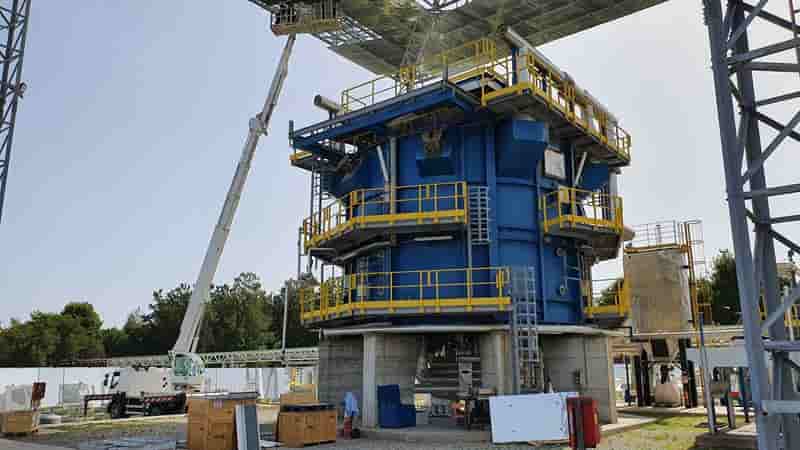
BST India’s focus on consistent quality in flexible packaging
BST India at Food Packaging and Innovations India Summit 2023
BST India, a leading manufacturer of quality assurance systems for printing, flexible packaging, and the web-based processing industry, showcased its potential in changing the future of food packaging at the recently concluded Food Packaging and Innovations India Summit 2023 in Mumbai. BST India supported the summit as a gold partner for the event. Hydrogen vehicles
A presentation by Khushal Patel, director of sales and marketing, on ‘BST’s role in delivering consistent quality in flexible packaging’, delved into the company’s role in ensuring a standard of quality paramount in the flexible packaging industry.
The presentation explored how BST, integrated into the manufacturing process, can streamline operations, and enhance the overall quality of flexible packaging. It emphasized the importance of consistency in meeting industry standards, addressing challenges, and ultimately providing customers with products that surpass expectations.
“Our Gold Partnership and presentation at the Food Packaging & Innovations India Summit 2023 reflect our ongoing commitment to staying at the forefront of advancements in food packaging technology. By sharing our insights and experiences, we aim to contribute not only to our industry’s growth but also to the success of our valued partners and clients,” Patel said. Hydrogen vehicles
The two-day summit from 1 November in Mumbai saw the active participation of companies such as Emami, Wagh Bakari Tea, Marico, Britannia, and many more. Their presence added depth to the discussions, fostering an environment of collaboration and knowledge exchange.
The multi-channel B2B in print and digital 17-year-old platform matches the industry’s growth trajectory. The Indian, South Asian, Southeast Asian, and Middle East packaging industries are looking beyond the resilience of the past three years. They are resuming capacity expansion and diversification, with high technology and automation in new plants and projects. Hydrogen vehicles
As we present our 2024 publishing plan, India’s real GDP growth for the financial year ending 31 March 2024 will exceed 6%. The packaging industry growth will match the GDP growth in volume terms and surpass it by at least 3% in terms of nominal growth allowing for price inflation in energy, raw materials, consumables, and capital equipment.
More…
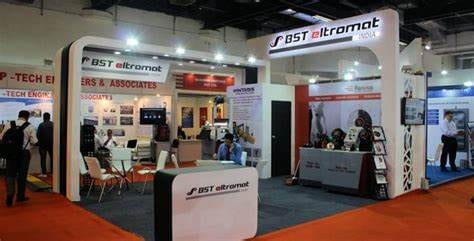
BASF, in collaboration with Siemens Energy, has secured approval for a groundbreaking project, marking a significant stride toward sustainable energy production
The German Federal Ministry for Economic Affairs and Climate Action, along with the State of Rhineland-Palatinate, has granted funding of up to €124.3 million for the construction of a cutting-edge proton exchange membrane (PEM) electrolyzer at the Ludwigshafen site, known as the Hy4Chem-EI project. Sand Battery
This proton exchange membrane electrolyzer, boasting a substantial 54-megawatt output and an annual capacity of up to 8,000 metric tons of hydrogen, is slated to be one of Germany’s largest when operational. The PEM electrolyzer, powered exclusively by renewable energy sources, is expected to produce CO2-free hydrogen, leading to an annual reduction of up to 72,000 metric tons of greenhouse gas emissions at the site.
The collaboration between BASF and Siemens Energy aims to commence operations at the water electrolysis plant in 2025. The German Federal Ministry for Economic Affairs and Climate Protection, in conjunction with the State of Rhineland-Palatinate, is contributing €124.3 million to the project, with €37.3 million from the regional government.
The hydrogen produced will serve as a crucial raw material for BASF’s manufacturing processes, aligning with the company’s commitment to reducing its carbon footprint. Moreover, BASF plans to supply hydrogen for mobility in the Rhine-Neckar Metropolitan Region, contributing to the establishment of a hydrogen economy in the area.
Dr. Melanie Maas-Brunner, a member of the Board of Executive Directors of BASF SE and Site Director Ludwigshafen, expressed enthusiasm about the project’s potential impact on the chemical industry. She emphasized the dual role of hydrogen as both a raw material and an energy vector, highlighting the importance of political and business collaboration in driving the energy transition. Sand Battery
Dr. Franziska Brantner, Parliamentary State Secretary at the Federal Ministry for Economic Affairs and Climate Action, commended the project as a pioneering effort in decarbonizing the chemical industry, setting an example for achieving climate targets. Malu Dreyer, Minister-President of Rhineland-Palatinate, underscored the project’s significance in advancing the hydrogen economy in the region, Europe, and beyond.
BASF’s commitment to various hydrogen production technologies, including water electrolysis and methane pyrolysis, aligns with its overarching goal of achieving net-zero CO2 emissions by 2050. The Ludwigshafen site serves as a crucial testing ground for innovative technologies aimed at replacing fossil fuels and embracing renewable energy sources, reinforcing BASF’s position as a pioneer in the chemical industry’s energy transformation. Sand Battery
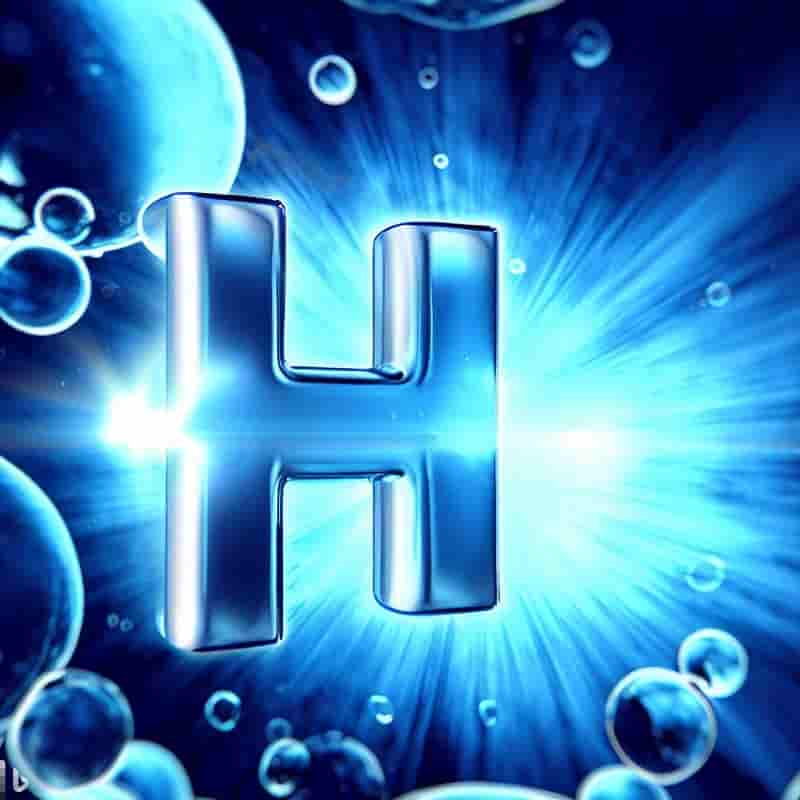
As societies worldwide strive to adopt more sustainable approaches, the mobility industry has witnessed significant changes in recent years. Electric vehicles (EVs) have emerged as a promising solution to reduce greenhouse gas emissions and air pollution. However, the emergence of batteries has posed new environmental challenges, especially regarding their recycling and disposal. Sand Battery
The Environmental Impacts of EV Battery Disposal
Improper disposal of EV batteries in landfills can have severe environmental consequences. These batteries contain hazardous substances such as lithium, cobalt, and nickel, which can poison the land and groundwater, as well as harm plant and animal life. To mitigate these risks, strict regulations are needed to ensure safe recycling and ethical disposal of EV batteries, thus protecting the environment and ensuring a sustainable future for electric mobility.
Resource Depletion and Sustainable Alternatives
The increasing demand for batteries for electric vehicles has raised concerns about resource depletion. The extraction of materials such as lithium, cobalt, and nickel can deplete natural resources and disrupt ecosystems through deforestation, habitat loss, and pollution. Sand Battery
To address this problem, alternative solutions such as recycling and the development of eco-friendly battery chemistries must be explored. These approaches will not only reduce environmental impact but also ensure a responsible and environmentally respectful method of obtaining raw materials for EV batteries.
Greenhouse Gas Emissions and Circular Economy
While electric vehicles help reduce greenhouse gas emissions during their use, the extraction of raw materials and improper battery disposal can lead to an increase in emissions. To truly benefit the environment, it is crucial to adopt sustainable battery recycling processes, invest in low-carbon technologies, and advocate for a circular economy that maximizes resource efficiency. Sand Battery
These initiatives will minimize the carbon footprint associated with the manufacturing and disposal of electric vehicle batteries.
Sustainable Solutions for EV Battery Recycling
Reusing EV batteries in second-life applications is a sustainable way to reduce the negative effects of their disposal. Many batteries still have usable capacity even after being used in vehicles, which can be incorporated into energy storage systems. This approach prolongs their lifespan and reduces the demand for new battery production, thus minimizing waste and increasing overall sustainability.
Additionally, designing electric vehicle batteries with recycling in mind is crucial. Standardizing battery chemistries and improving dismantling processes can streamline recycling, making it more economically viable and environmentally friendly. Simplifying component separation allows for efficient recovery of essential elements such as lithium, cobalt, and nickel, reducing waste and minimizing the environmental impact of raw material extraction. Sand Battery
More…
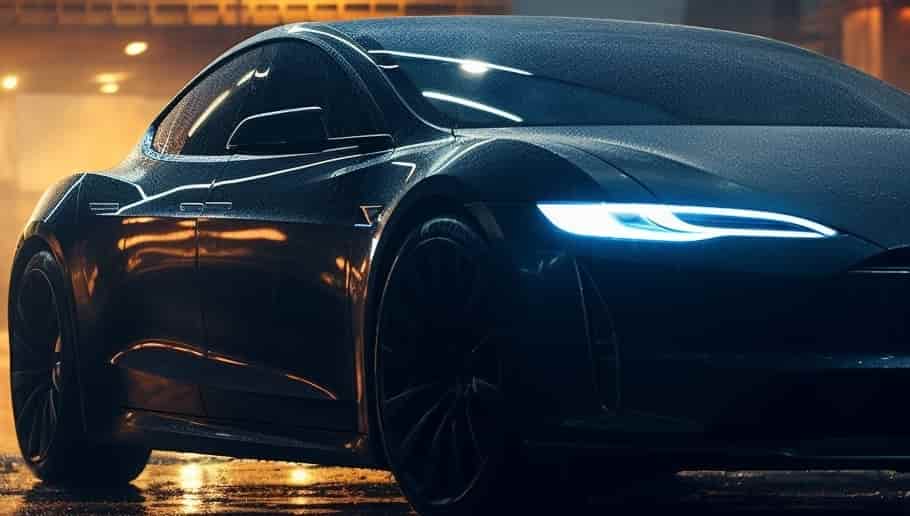
The Role of Chemical Engineering in Waste Management Strategies
As the world population continues to grow and consumerism intensifies, the issue of waste management has become a significant global challenge. Traditional waste management methods, such as landfilling and incineration, are detrimental to the environment and fail to extract any value from discarded materials. Sand Battery
Transforming Waste into Valuable Resources: Chemical Engineering Solutions
Chemical engineering, however, offers innovative solutions to transform waste into valuable resources. This article explores the various ways chemical engineering is revolutionizing waste management and creating a sustainable future.
1. Waste-to-Energy: Generating Clean Power
The concept of waste-to-energy involves converting waste materials into heat or electricity. Chemical engineers lead the way in developing advanced technologies to harness energy from waste, reducing our dependence on fossil fuels. Some key solutions include:
- Pyrolysis: This thermochemical process uses high temperatures and controlled conditions to convert plastic and rubber waste into valuable fuel oil and gas. With this technology, waste materials that were previously discarded can now be used to generate electricity and heat. Sand Battery
- Anaerobic Digestion: By breaking down organic waste in the absence of oxygen, anaerobic digestion produces biogas, a combustible gas rich in methane. This renewable energy source can be used to generate electricity, heat, and even fuel for vehicles.
More…
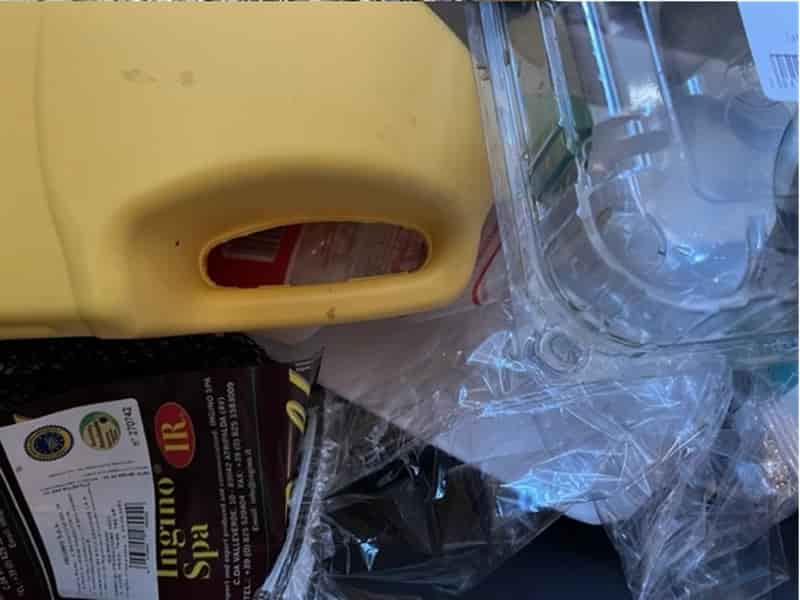
EV Battery Recycling and Disposal: Environmental Impacts and Solutions
EV Battery Recycling and Disposal
Ever since environmental challenges have impacted our planet, societies worldwide have been striving to adopt more sustainable approaches in various sectors.
The mobility industry, being no exception, has witnessed significant changes in recent years. To address the escalating environmental concerns, the automobile industry has prominently embraced electric vehicles (EVs), predicting a transformative shift towards greener transportation. Sand Battery
According to Allied Market Research, the global market for electric vehicles, which was valued at $163.01 billion in 2020, will grow by 18.2% between 2021 and 2030 to reach $823.75 billion. The lithium-ion batteries that power these emission-free vehicles are key to the emergence of EVs. While EVs present a promising solution to reduce greenhouse gas emissions and air pollution, the emergence of batteries in the scenario has brought forth new environmental challenges, particularly concerning recycling and disposal.
Here’s a look at the environmental effects of recycling and disposing electric vehicle batteries, and investigate sustainable alternatives to guarantee an eco-friendly and responsible future for the ecosystem supporting electric mobility-
Environmental Impacts of EV Battery Disposal
Landfill Waste
Batteries for electric vehicles should never be disposed of improperly in landfills. These batteries contain hazardous substances including lithium, cobalt, and nickel that can poison the land and groundwater and damage both plant and animal life.
As a result, strict regulations are required to guarantee the secure recycling and ethical disposal of EV batteries, protect the environment from potential risks, and advance a sustainable method of handling electric vehicle battery waste. Sand Battery
Resource Depletion
Concerns regarding resource depletion have been highlighted by the rise in demand for electric vehicle batteries. These batteries require lithium, cobalt, and nickel, three materials whose mining can deplete natural resources and disturb ecosystems. Some effects of mining practices include deforestation, habitat loss, and air and water pollution. Thus, to solve this problem, it is essential to look into alternatives like recycling and creating more ecologically friendly battery chemistries, ensuring a more responsible and eco-friendly method of obtaining raw materials for EV batteries.
More…
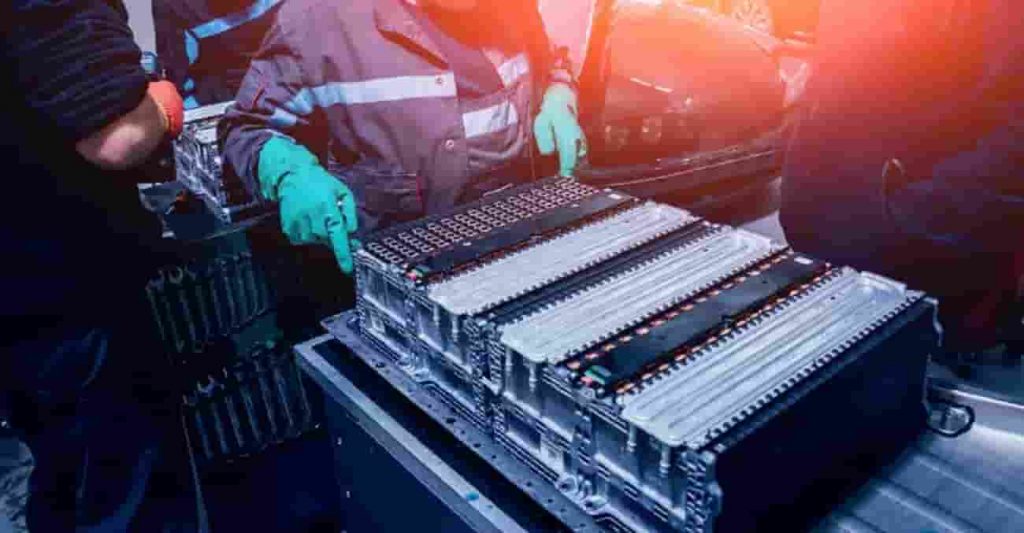
Hydrogen vehicles – Recycled plastic reduces carbon consumption by up to 87 per cent 27-11-2023
Sand Battery








